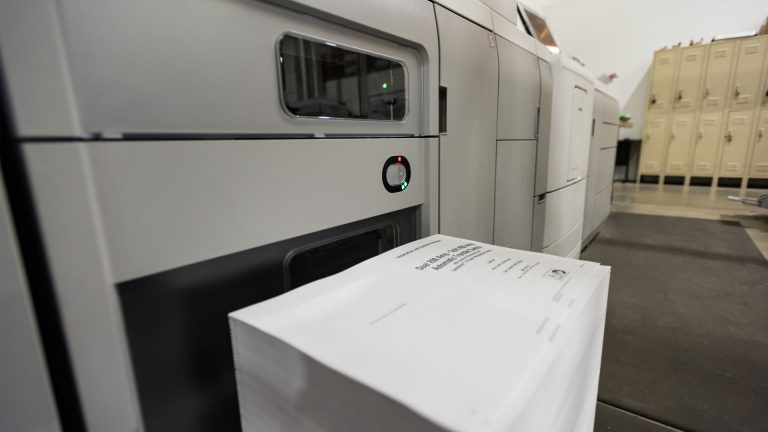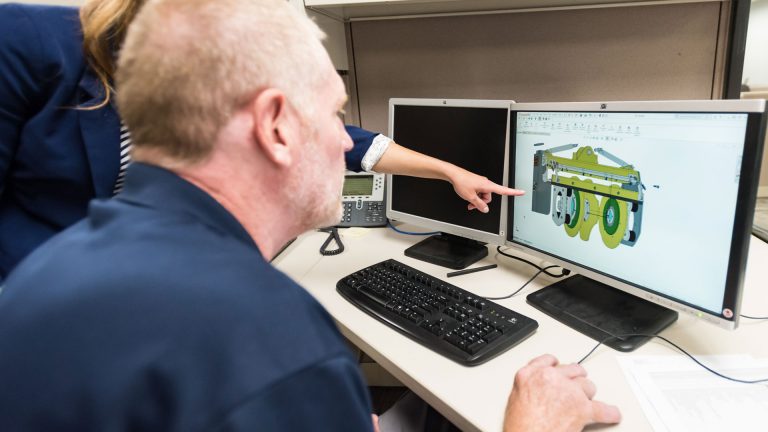Editor’s Note: Summer is the height of golf car season, so you will see golf cars on golf courses, campgrounds, apartment complexes, and other locations. The tips presented here are not only applicable to golf cars, they are applicable to any electric vehicle with wet lead acid batteries, including older tractors and older cars.
Most golf car electric vehicles use numerous lead acid batteries connected in series. Flooded (wet) batteries require watering. Checking and maintaining the electrolyte levels in your batteries can save thousands of dollars by preventing early battery failure due to cell dilution and imbalance. Although adding water to battery cells is time-consuming, it is a necessity! Electrolyte levels drop during discharge and rise during charging; therefore, it is mandatory that electrolyte levels be checked and adjusted after the batteries are fully charged. Adding water correctly helps maintain the specific gravity level balance among the battery cells.
Water should always be added after fully charging the battery. Prior to charging, there should be enough water to cover the plates. If the battery has been discharged (partially or fully), the water level should also be above the plates. Keeping the water at the correct level after a full charge will prevent worry about the water level at a different state of charge.
Important Things to Remember:
- Do not allow the battery plates to become exposed to air. This will damage (sulfate) the
battery plates. - Do not fill the water level to the cap. This will cause the battery to overflow acid,
consequently losing capacity and causing a corrosive mess. - Use distilled or deionized water only. Do not use water with a high mineral content.
WARNING: Electrolyte is a solution of acid and water and can cause severe burns. Avoid skin contact.
Watering Procedures:
1. Open the vent caps and look inside the fill wells.
2. Check electrolyte level. The minimum level before charging is at the top of the plates.
3. If necessary, add just enough water to cover the plates at this time.
4. Put batteries on a complete charge before adding any additional water.
5. Once charging is completed, open the vent caps and look inside the fill wells. Add water until the electrolyte level is 3.17 mm (1/8 in.) below the bottom of the fill well.
6. A piece of rubber can be used safely as a dipstick to help determine this level.
7. After filling the battery, reinstall the vent caps.
NOTICE: Never add acid to a battery. Damage to battery may result.
Follow These Guidelines When Watering Your Batteries:
- Add only distilled or deionized water when the cells get low. Never use common tap water, “reclaimed” water or electrolyte in your batteries.
- Never fill a battery before charging unless the plates are dry.
- Only fill the battery to the minimum fill level. Add only enough water to cover the tops of the plates. Never overfill the batteries. As the battery charges, the electrolyte level will rise.
- Overfilling the batteries will result in the battery gassing through the vent caps. This causes self-discharge of the battery and corrosion problems.
- In hot weather, batteries will need to be watered more often.
- Note any large differences in the amount of water needed from cell to cell. Since all battery cells should gas about the same amount, large differences may indicate a defective cell.
To learn more about technical writing services, click here.


































